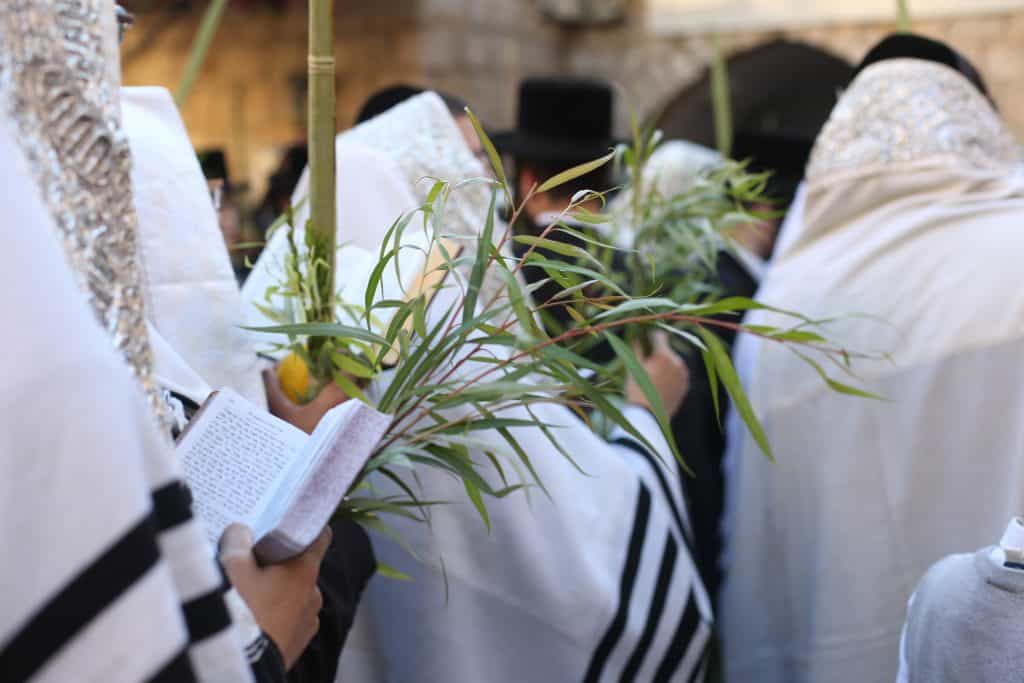Purim is one of the Jewish calendar’s most festive and joyous holidays. It is a time of celebration, costumes, feasting, and the retelling of an ancient story of triumph over adversity. Purim commemorates the events described in the Book of Esther, a tale of courage, resilience, and the victory of the Jewish people over a plot to annihilate them. This holiday is marked by various customs and traditions, highlighting the themes of deliverance and unity.
The Significance of Purim
The Story of Esther: Purim revolves around the Book of Esther, which tells the story of Queen Esther, a Jewish woman, and her uncle Mordecai. Esther concealed her Jewish identity and became the queen of Persia. When the wicked Haman plotted to destroy the Jewish community, Esther, with Mordecai’s guidance, courageously revealed her heritage to King Ahasuerus, ultimately thwarting the evil plan.
Triumph Over Adversity: The story of Esther is a testament to the ability of individuals, even in seemingly dire circumstances, to make a difference and change the course of history.
The Jewish Calendar

Customs and Traditions
Reading the Megillah: The central observance of Purim is reading the Book of Esther, also known as the Megillah. This is usually done in a communal setting with much fanfare. Whenever Haman’s name is mentioned, people drown out the sound by making noise, often using graggers (noisemakers).
Costumes: Purim is a time for dressing up in costumes, often whimsically and creatively. This tradition reflects that things are not always what they seem, as Esther concealed her true identity.

StateofIsrael, CC BY 2.0, via Wikimedia Commons
Mishloach Manot: It is customary to exchange Purim gift baskets, known as “Mishloach Manot,” with friends and family. These baskets typically contain food items and symbolize the importance of unity and friendship.
Purim Seudah: A festive meal, known as the “Purim Seudah,” is shared with loved ones. It is an opportunity to enjoy traditional Purim foods and celebrate together.
Tzedakah: Giving to charity is an integral part of Purim. Supporting those in need is a way of spreading the joy of the holiday and ensuring that everyone can partake in the celebrations.
Conclusion
Purim is a holiday that embodies the spirit of joy, unity, and the triumph of good over evil. The story of Esther and Mordecai’s bravery inspires people to stand up for their beliefs and confront adversity with courage. Purim serves as a reminder that even in challenging times, there is always hope, and with unity and determination, we can overcome the obstacles that come our way. It is a time for celebration, reflection, and acts of kindness that bring communities together in the true spirit of the holiday.







